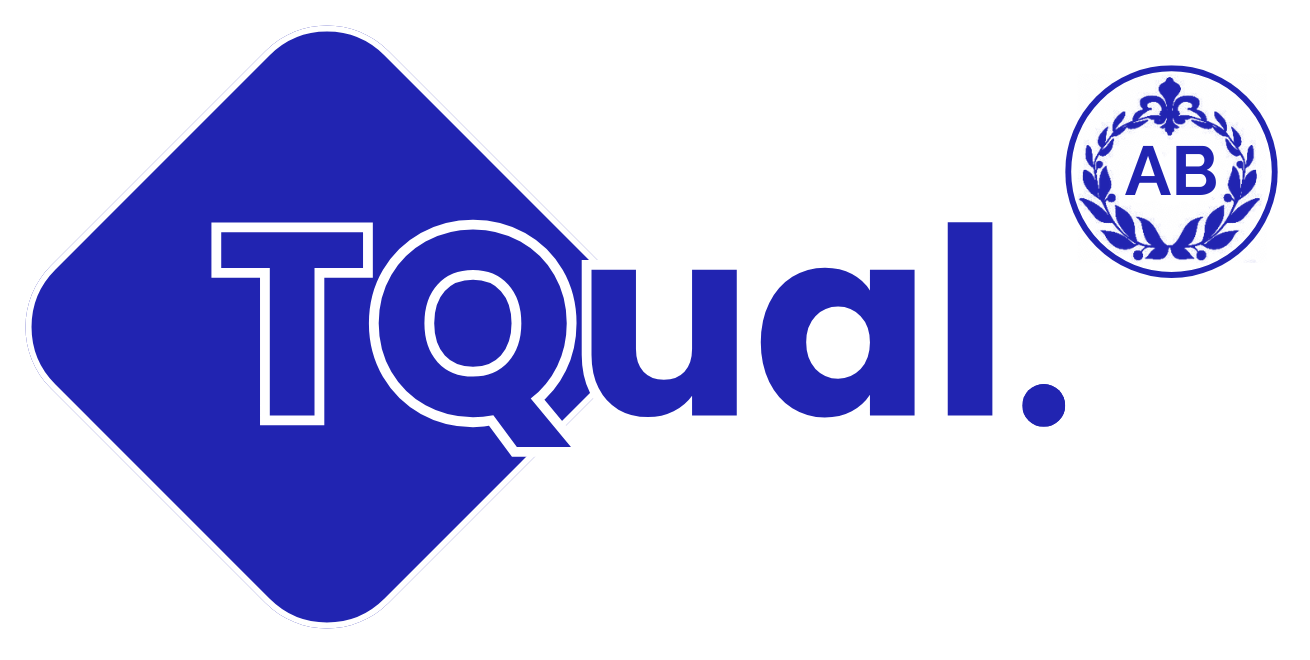CPD Course in Basics of Hazard Identification and Risk Assessment includes quizzes consisting of 100 multiple-choice questions (MCQs). These assessments evaluate participants’ comprehension of course material and ability to apply concepts in practical situations. Passing assessments with a minimum score of 75% is mandatory.

